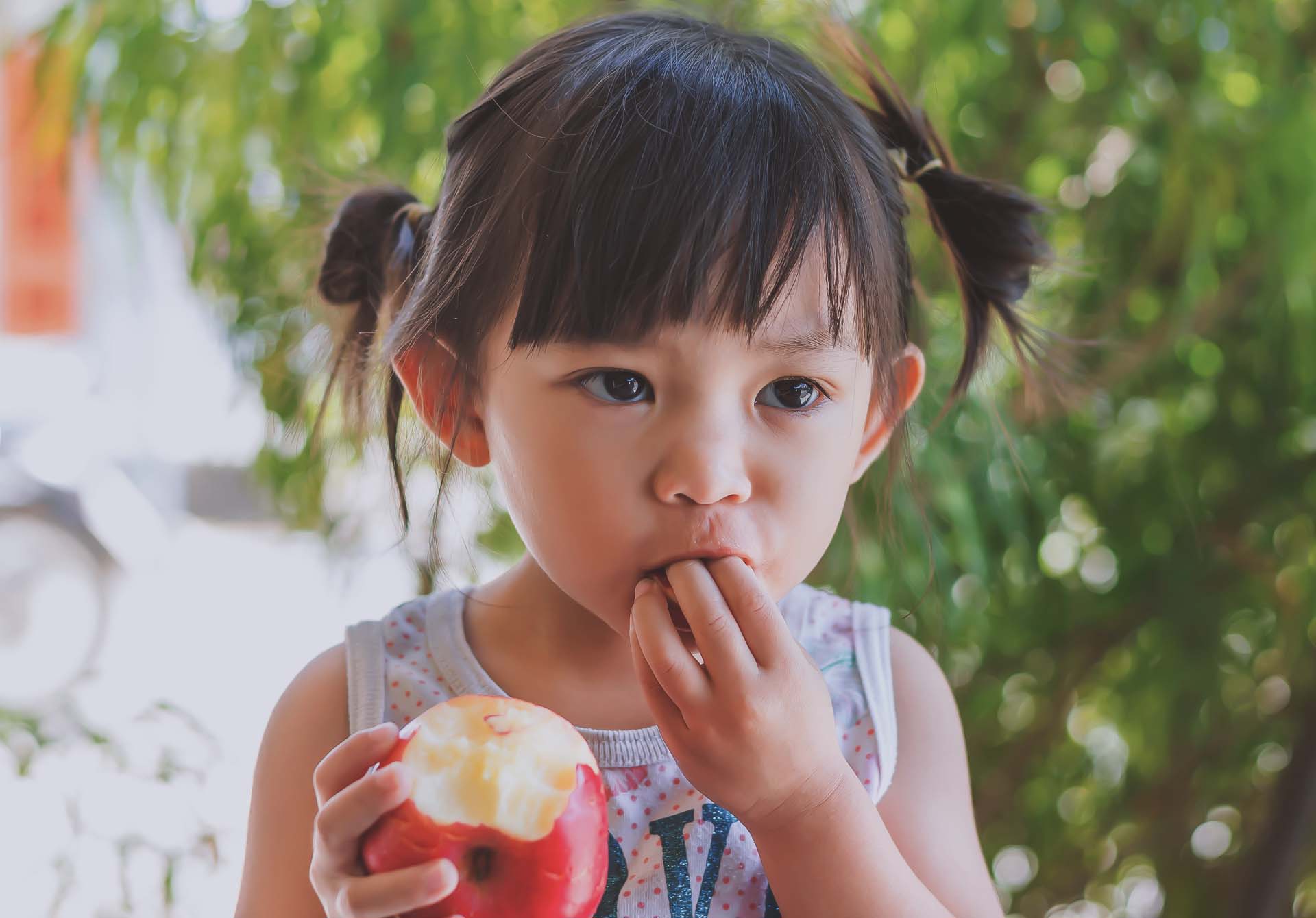4 MIN
Does buying ugly food for our families make us rotten apples?
BY HIJANAH HERNANDEZ, 20 JAN 2022

What happens when a famous local radio DJ tries to sell blemished apples to savvy shoppers?
When you are at the supermarket picking apples, do you pass on a bruised apple in search of one with wax-like perfection?
It’s common knowledge that cosmetic filtering already happens higher up in the supply chain, before the produce arrives at the market for our picking. So why do some of us continue to hunt for perfect-looking food that can exacerbate the environmental problem of food waste?
“It’s actually pretty wasteful to use all these resources to grow food just for it to be thrown away,” shared Augustine, who founded UglyFood Singapore in 2017 with a mission to eliminate food waste and revamp the food ecosystem.
He shared that his business promotes an activity called “sustainable eating” which encourages consumers to stop going to markets with grocery lists in mind. Instead, he said, consumers could try going “with an open mind, being able to accept what they might have in excess”.
A social experiment conducted recently sets out to understand our perceptions around buying and choosing food. Do we really think ugly food is not good enough to eat? Are we worried we’re not giving our families the best when we buy ugly food?
Joakim Gomez became an apple seller at a market in Singapore
To find answers, Joakim Gomez, a radio presenter, entertainer and host, tried to sell a box of ugly apples from UglyFood Singapore, a social enterprise supported by DBS Foundation that sells excess and ugly produce.
The apples had some cosmetic defects, mainly mild splotches and dark spots. According to Augustine Tan, they were “Class B” fruits – slight inconsistencies in shape, and perhaps slight scarring, but perfectly safe to eat.
Even though a familiar public figure, Joakim still had to get the attention of market-goers with a loud sales call: “Apples, three for $2 everybody!”
A number of people peeked their heads into the box of apples, but then simply walked away.
Soon though, three customers took the deal to Joakim’s glee, some after hearing about how they’d be helping reduce food waste. Others, only after conducting quality checks of their own. “Can I choose?” asked one lady customer.
Despite some success, most customers seemed to either be uninterested, or avoided eye contact with Joakim and walked away with a casual increase in pace.
One passer-by exclaimed, “I thought it’s rotten!”
Another man reasoned with Joakim. “I’ll take a longer time to consume, so by the time I eat it, it will be worse than this…”.
One customer had a stronger reaction to the apples. When asked if the black spots on the apples scared him, he said, “Of course, of course!”, even saying “I don’t think I want to venture and take the risk” to a defeated Joakim.
Does ugly always have to be discounted?
It looked like a bad business day for Joakim, so he decided to take matters into his own hands and sell the apples at a steal – three for $1 instead.
With the financial stakes lowered, some market-goers were more receptive, but still voiced their concerns.
“If my wife picks up and sees the black spots, she will say no,” admitted one man, who eventually bought the apples at three for $1.
A receptive mother who visited Joakim’s makeshift apple stall joked, “I’ll definitely have to cut away the holes in order to make my kids eat it”.
Perhaps it was merely Joakim’s slashed prices that were attracting more customers. But for the most part, it seemed this was what it took to get people to look past the flaws on the apples for greater environmental good.
Besides, their splotches and dark spots were only skin deep. As one of Joakim’s customers put it, “with a little bit, it’s okay … You can cut it away. It’s just a dent.”
Encouragingly, one of the paying customers even said he previously would not have bought the ugly apples but was willing to now because he knew about the environmental benefits.
Ugly food for thought
The experiment surely had Joakim’s customers pondering the environmental impact of their choices when grocery shopping.
With 1/3 of all food that’s produced in the world lost or wasted from farm to fork, there’s no doubt that the decisions we make when buying our food can make a huge difference.
Still, habits and perceptions take time to change. As the shoppers in this experiment shared, there are many perceived reasons why we make unsustainable food choices.
When we come across an ugly apple, we might wonder if it is rotten, or if it will spoil sooner. Other times, we might worry our family members may not be receptive to ugly food.
For a better tomorrow, let us relearn what beauty to behold in our foods, and help our families reshape their thinking too. Together, we can journey towards eating more sustainably, one bite at a time.
DBS partnered CNA for “My Own Green Plan”, a three-part series of experiments that explores how our food choices might change when considering the environmental consequences.
Learn more about how you can continue your journey #TowardsZeroFoodWaste.
Find out more about DBS’ other partnerships and initiatives #TowardsZeroFoodWaste.